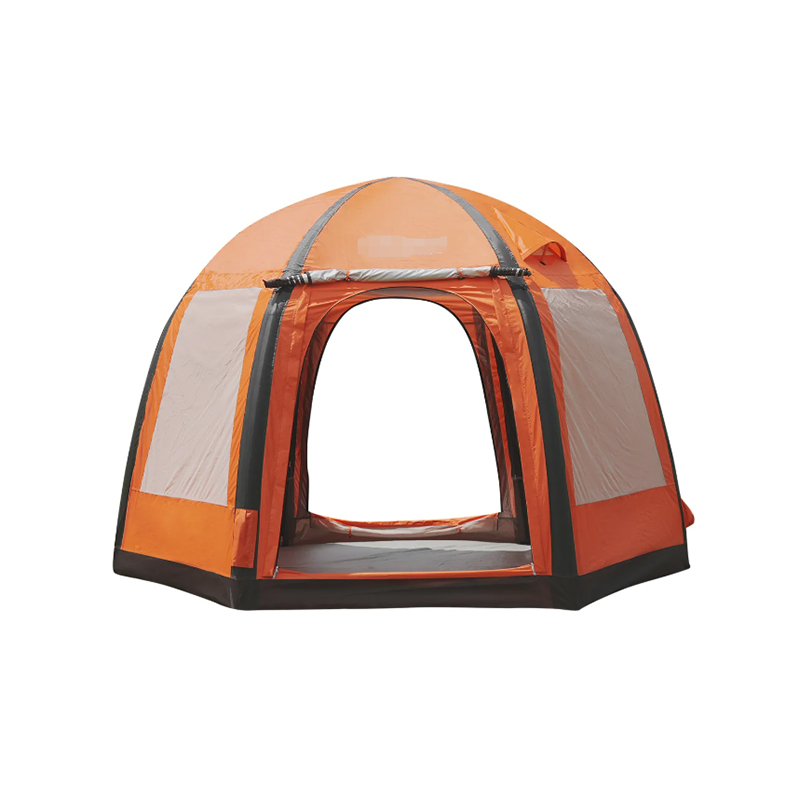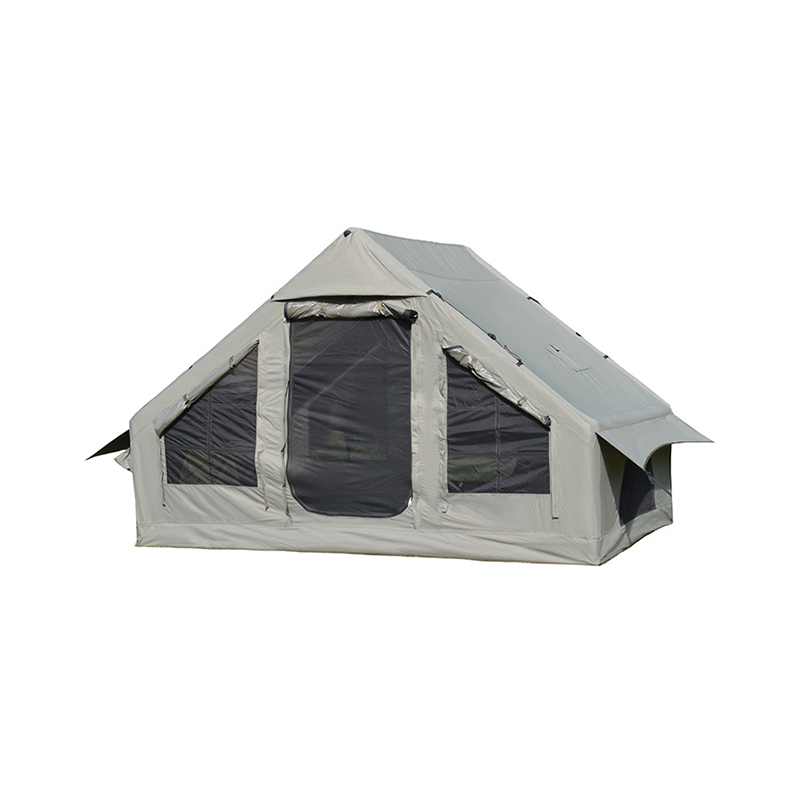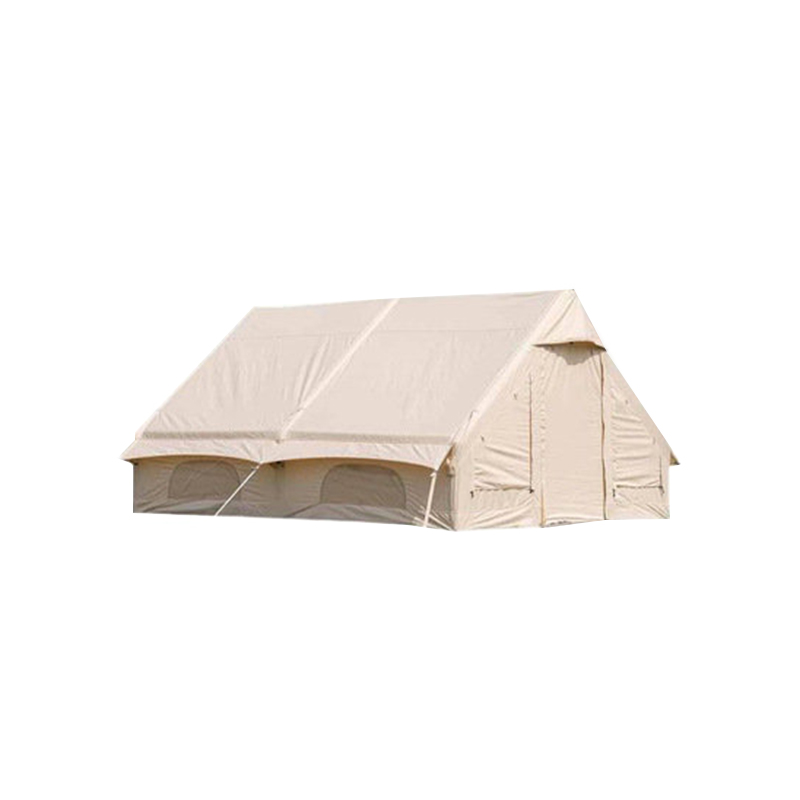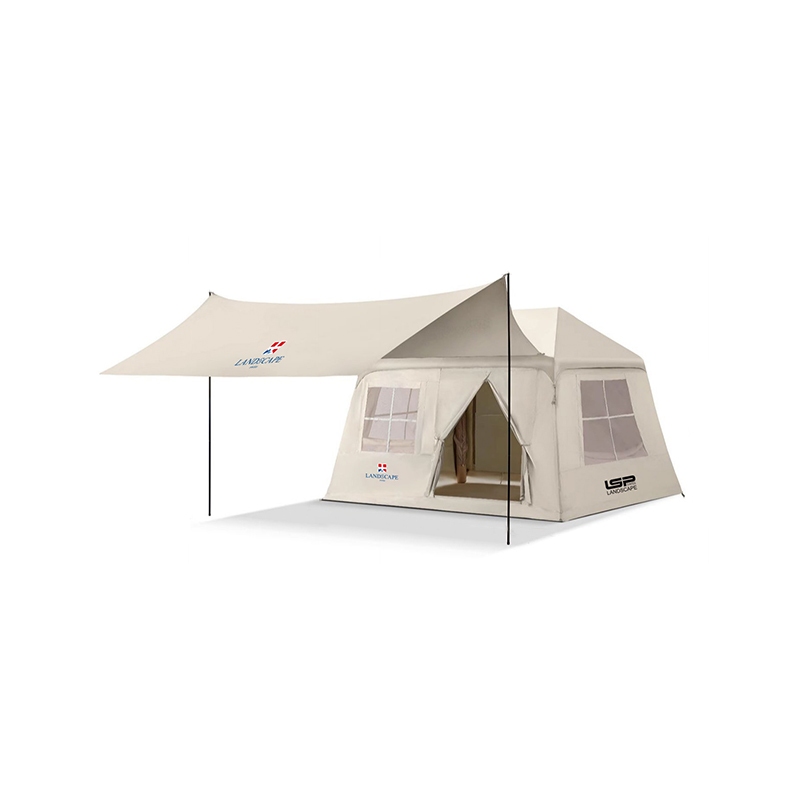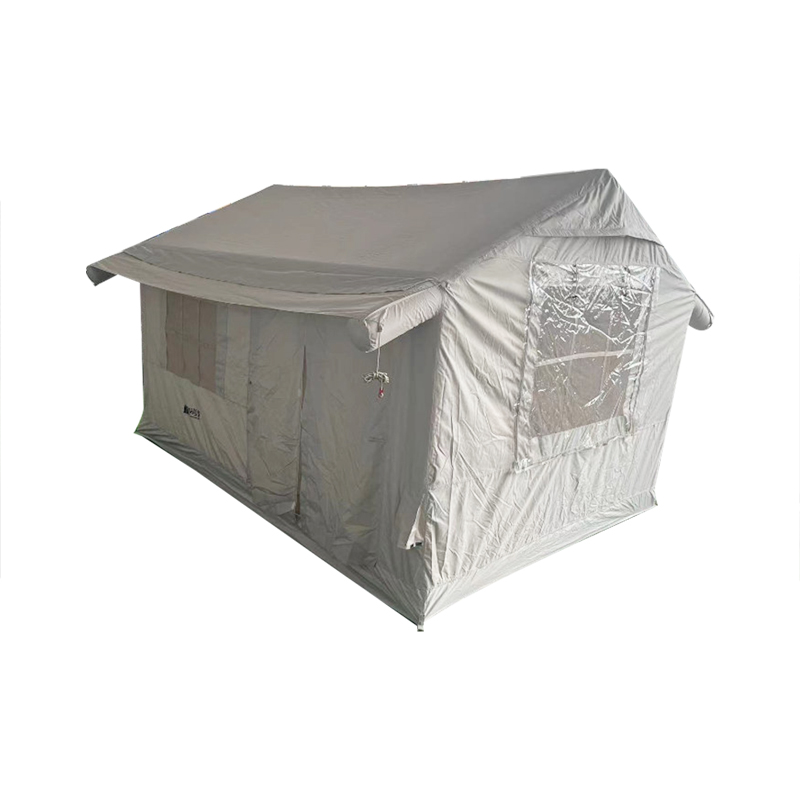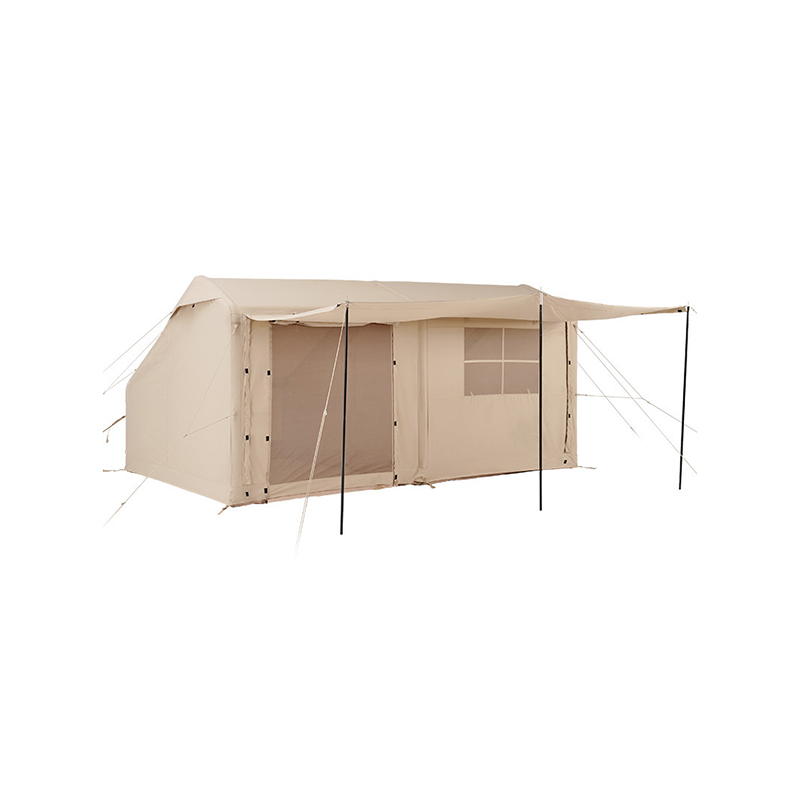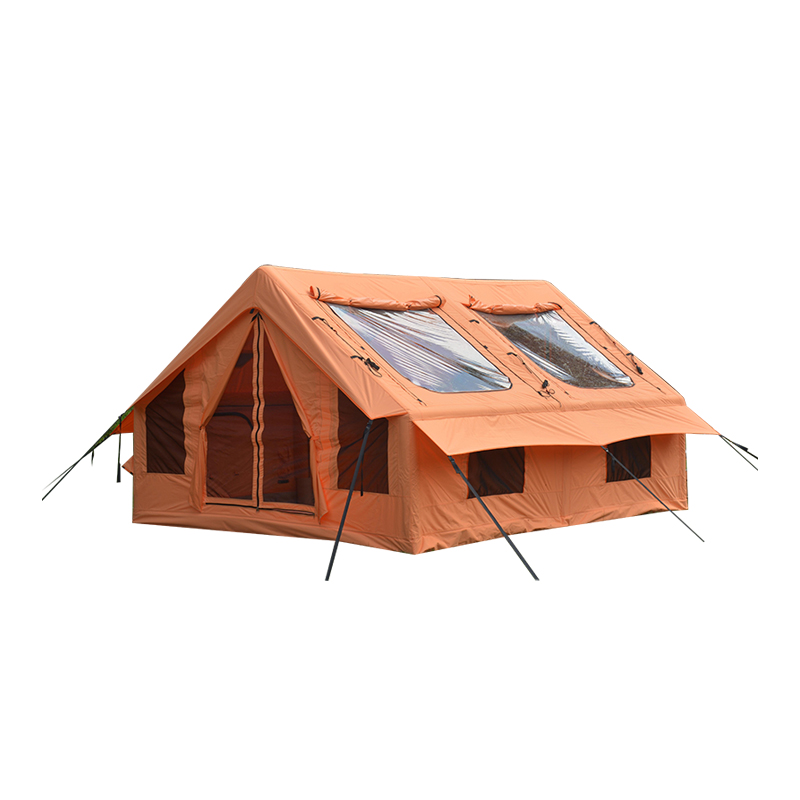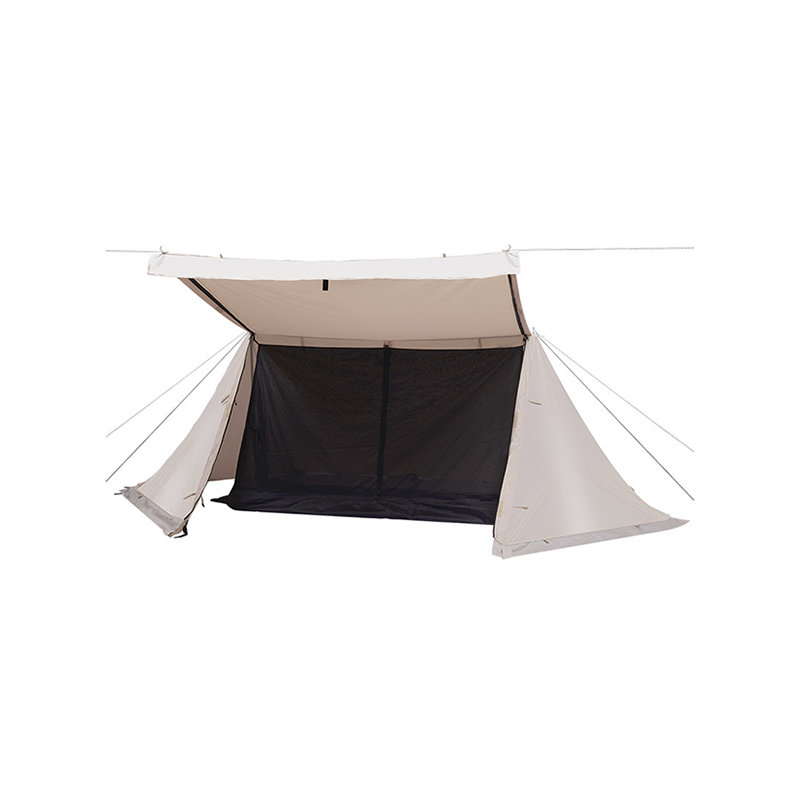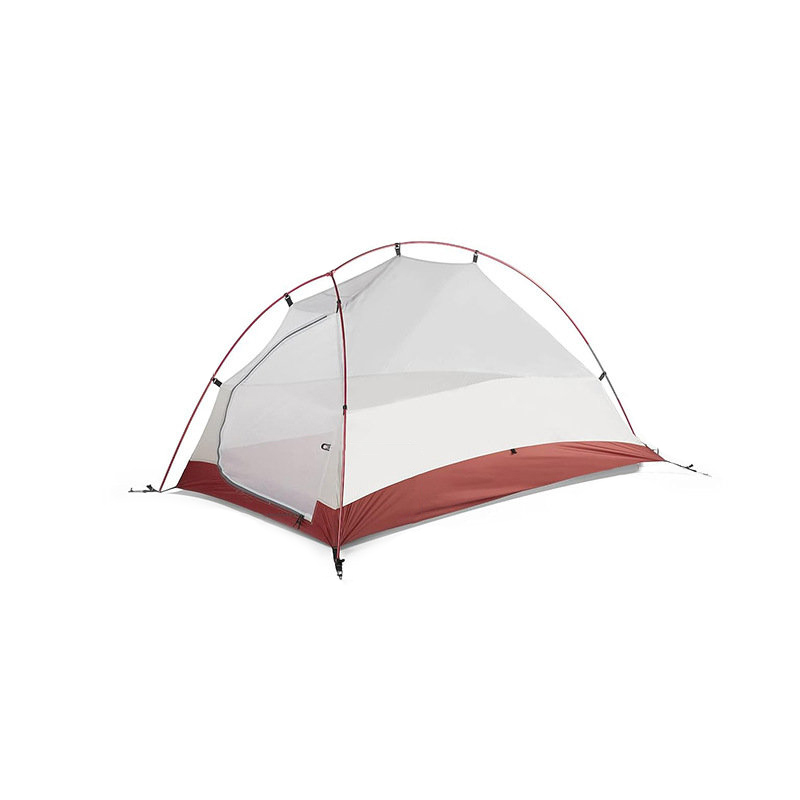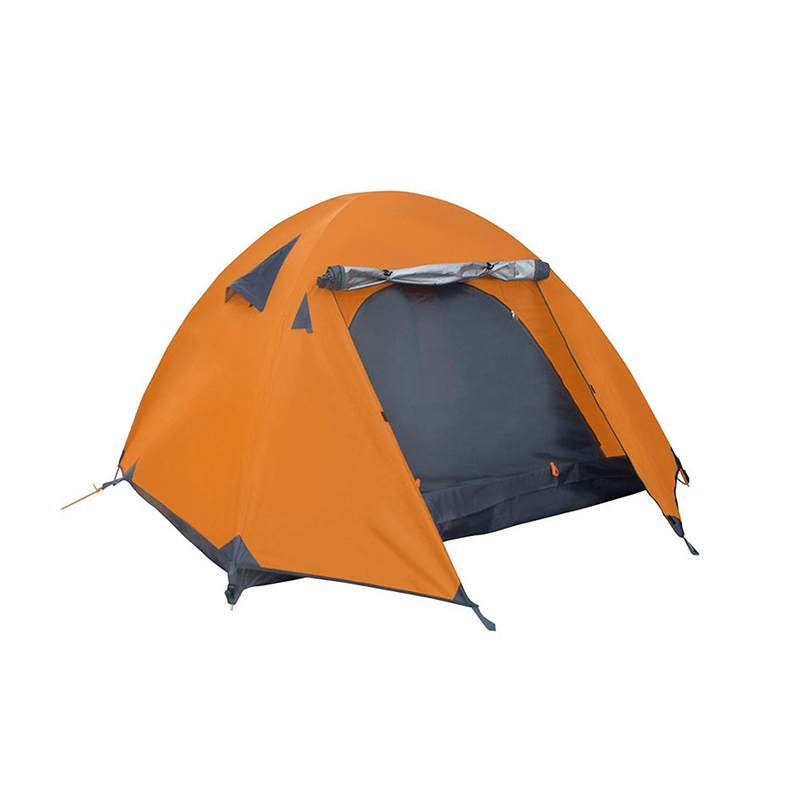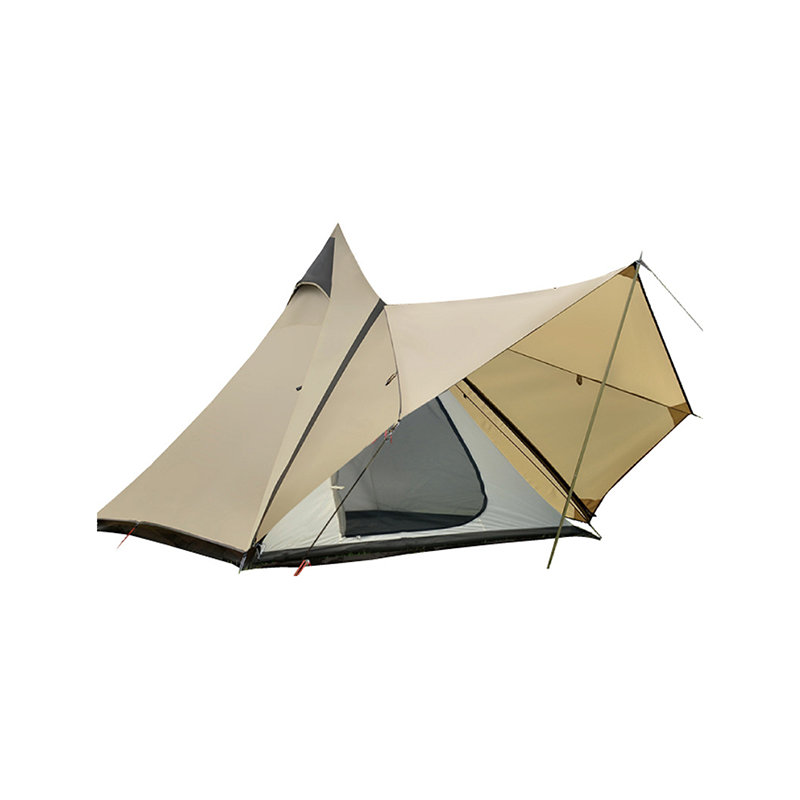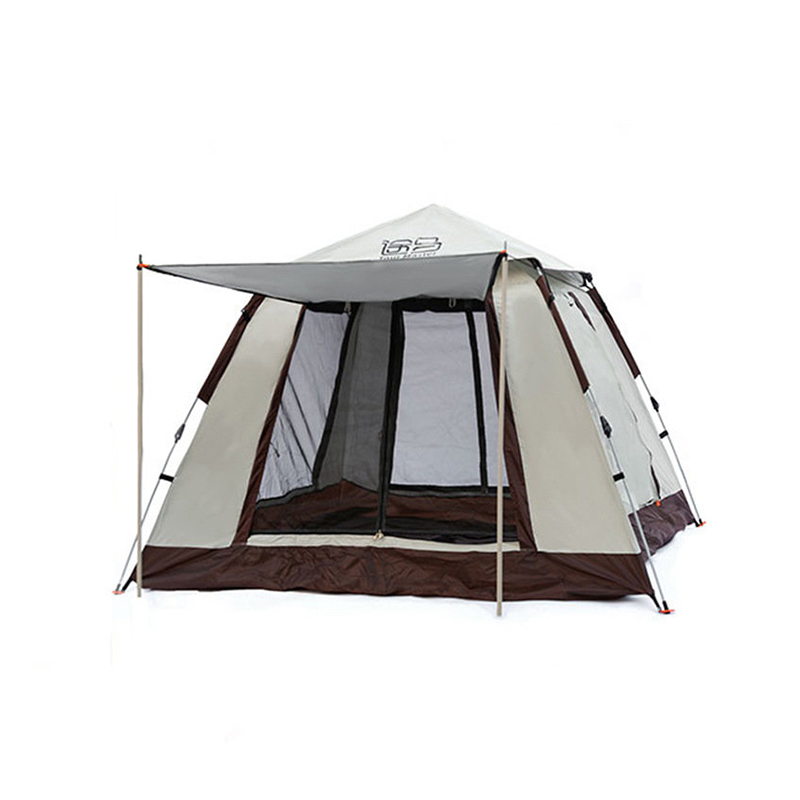Expanded Advantages of Dome-Shaped Camping Tents
-
Aerodynamic Design:
Dome-shaped tents are specifically engineered to deflect wind, making them an ideal choice for campers who will be exposed to high winds or stormy conditions. The design features a rounded, arch-like structure that enables wind to flow smoothly over the tent, reducing the chances of it being affected by gusts. This aerodynamic feature is especially crucial in environments where wind strength is unpredictable, such as on coastal campsites, mountain ridges, or in open fields. As a result, dome tents have become the preferred choice for expeditions and trips in areas with volatile weather conditions, where a stable shelter is essential. -
Ease of Setup:
One of the standout advantages of dome tents is their straightforward design, which simplifies the setup process. Dome-shaped tents typically utilize fewer poles than their cabin-style counterparts, with many featuring an intuitive pole system that requires minimal effort to assemble. This ease of construction is particularly beneficial for solo campers, beginners, or those with limited time or experience. As a result, campers can spend less time struggling with tent assembly and more time enjoying their outdoor experience. This user-friendly setup process also reduces the chance of making errors, leading to a more reliable and stress-free camping experience. -
Compact and Lightweight:
Dome tents are known for their lightweight nature, making them an excellent choice for those who need to prioritize portability, such as backpackers, cyclists, or hikers. The design features a smaller footprint and uses lighter materials to reduce overall weight. For trekkers who need to carry all their camping gear on long journeys, minimizing the weight of the shelter is essential to conserve energy and space. Additionally, many dome tents pack down to a compact size, which makes them easy to store and transport in a backpack or even attached to a bicycle. This combination of lightweight materials and a space-efficient design ensures that a dome tent won’t weigh down your gear or hinder your movement. -
Stability:
The dome design inherently offers better stability due to its self-supporting nature. When the tent’s poles are properly tensioned, the structure becomes more resistant to external forces such as wind or rain. The shape helps distribute the force of wind evenly across the tent’s surface, reducing the likelihood of the tent collapsing or being damaged in gusty conditions. Furthermore, the symmetrical, round structure of a dome tent ensures that all parts of the tent share the load, contributing to greater overall stability. This makes dome tents suitable for use in environments where weather conditions may change unexpectedly, such as coastal or high-altitude camping trips. -
Better Ventilation:
Dome tents often have an advantage in terms of ventilation due to their design. The sloped walls and roof help encourage natural airflow, minimizing the buildup of moisture and heat inside the tent. Ventilation is especially important when camping in humid or rainy conditions, where condensation inside the tent can quickly become an issue. The design of the dome tent allows air to circulate freely, helping to regulate temperature and keep the tent's interior dry. Many models also feature adjustable vents that can be opened or closed to control airflow, further enhancing comfort and reducing the likelihood of condensation forming on the walls.
Expanded Disadvantages of Dome-Shaped Camping Tents
-
Limited Headroom and Space:
Dome-shaped tents are typically more compact, which can restrict interior space, particularly in terms of headroom. The sloped sides limit the ability to stand fully upright inside the tent, making it difficult to change clothes, organize gear, or even sit comfortably for long periods. This lack of vertical space can be especially inconvenient for taller campers or for those who prefer a more spacious, comfortable interior. While dome tents are functional for sleeping and minimal activities, they might not be the best option for campers who need extra space for relaxation, especially during extended stays. -
Less Living Space:
Dome tents often prioritize sleep space over overall livability, which can be a disadvantage for families or larger groups. The floor space is often more restricted, and the tent's compact design can make it difficult to store all your camping gear, particularly for long trips. The absence of dedicated rooms or partitions means that all of your belongings—such as bags, cooking equipment, and extra clothing—are often stored in the same area where you sleep. This can lead to a cluttered environment, which may impact your overall camping experience, especially when several people are sharing a small space. -
Lack of Interior Organization:
Dome tents typically lack built-in storage features like hanging organizers or internal vestibules, which are common in larger tents such as cabin-style models. This absence of storage options can make it difficult to keep your gear organized and easily accessible. In a smaller tent, where space is already limited, keeping items in an orderly manner becomes more challenging, leading to potential clutter and inefficiency. Without vestibules for external gear storage, campers often find themselves scrambling to fit everything inside the tent, which can detract from the overall comfort and convenience of the shelter.
Expanded Advantages of Cabin-Style Camping Tents
-
Spacious Interior:
Cabin-style tents are renowned for their generous floor space and vertical walls, which offer significantly more headroom compared to dome-shaped tents. The upright walls allow for a full range of motion, enabling campers to stand comfortably inside the tent without stooping or crouching. This added space provides greater flexibility for organizing gear, setting up sleeping areas, and moving around freely. The spaciousness is particularly beneficial for family camping trips, where multiple people need space to sleep, relax, and store personal belongings without feeling cramped. As a result, cabin tents offer a higher degree of comfort, especially for those planning to spend extended periods inside the tent. -
Comfortable Living Space:
In addition to the increased headroom, cabin tents often feature larger floor areas that make it possible to add furniture, such as camping chairs, tables, or storage chests. This is especially important for family or group camping, where comfort and organization are key factors. The design allows for a more livable space, where campers can spend time indoors during rainy weather, cooking, eating, or simply relaxing. Some cabin tents also come with separate rooms or partitions, offering privacy and a sense of organization within the tent, further enhancing the overall camping experience. This makes them a preferred choice for people who need more than just a shelter to sleep in. -
Better for Group Camping:
Cabin tents are ideal for group or family camping trips due to their spacious interior. With larger dimensions, these tents can comfortably accommodate several people, along with their gear, without the sense of overcrowding found in smaller dome tents. For those who prefer a more social and comfortable camping experience, cabin tents provide an environment where groups can relax together without the limitations of tight quarters. The extra space also allows for greater organization of personal belongings, helping to keep the interior clean and manageable during the duration of the trip. This makes cabin tents a top choice for those traveling with friends or family, especially when shared comfort is a priority. -
Built-In Features:
Many cabin-style tents come equipped with extra features that enhance comfort and organization. These can include built-in storage pockets, interior lighting systems, separate vestibules for gear storage, and even windows or mesh panels to allow for better ventilation. Some models also have advanced features such as integrated air conditioning systems, which can be beneficial for summer camping. These added elements make cabin tents more functional and versatile, especially for long-term or luxurious camping trips. The multiple room design found in many cabin tents allows for better organization, ensuring that different activities—like sleeping, eating, and socializing—can be separated within the same structure.



 English
English 中文简体
中文简体